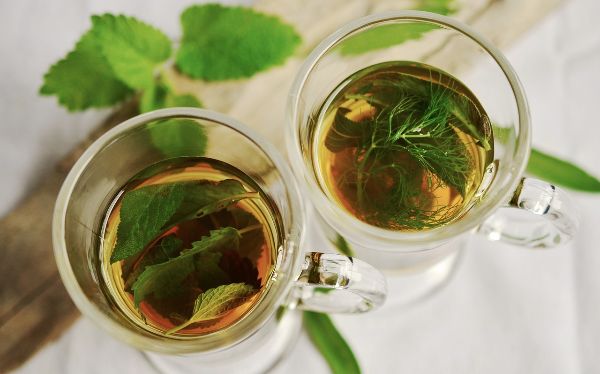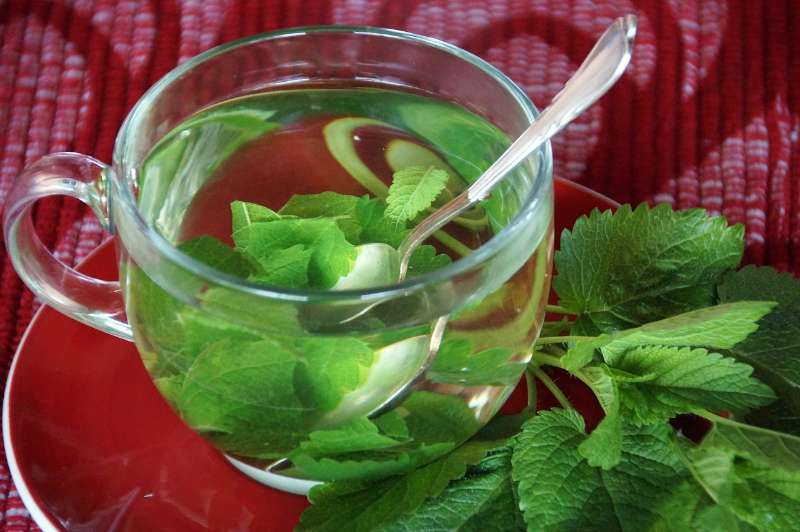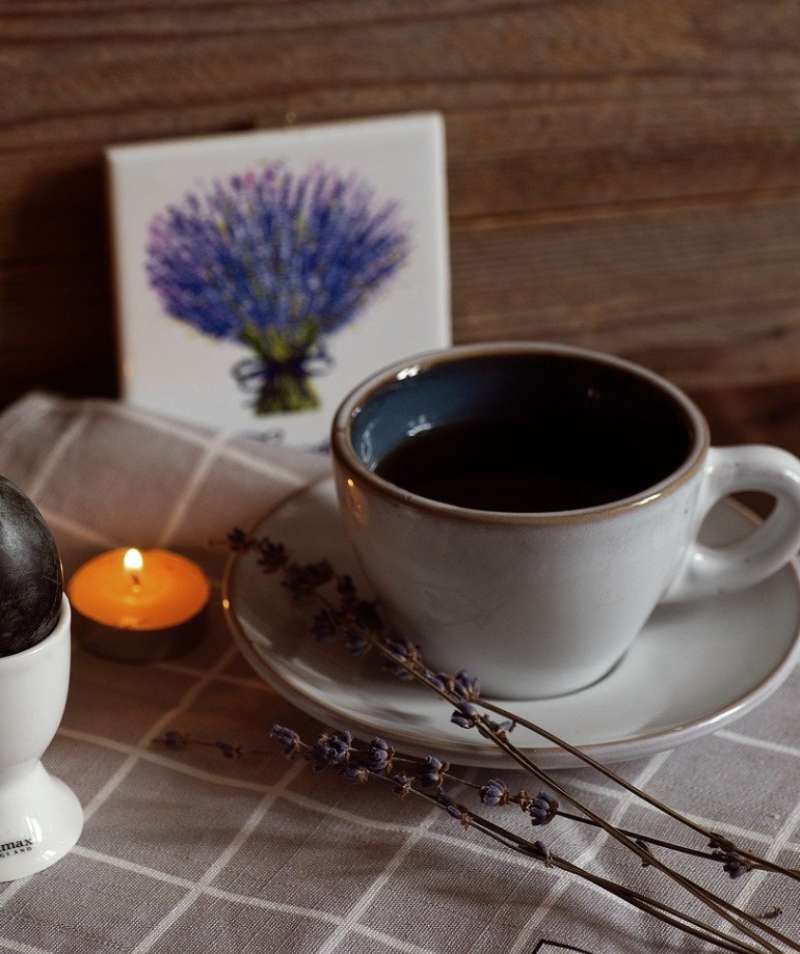5 Easy-to-Grow Plants for Making Your Own Tea

Making your own tea from homegrown plants is not only a rewarding experience but also ensures that your tea is fresh and free from any artificial additives.
Here are five easy-to-grow plants that you can cultivate to make your own delightful and healthful teas.
1. Mint (Mentha spp.)
Growing Mint
- Planting: Mint is a hardy perennial that can be grown in both pots and garden beds. It prefers partial shade but can tolerate full sun. Plant it in well-drained soil and space the plants about 18-24 inches apart.
- Care: Mint is very easy to care for. Keep the soil consistently moist but not waterlogged. It’s best to plant mint in a container as it can spread aggressively if planted directly in the ground.
- Harvesting: Harvest mint leaves before the plant flowers for the best flavor. Simply pinch off the stems, and the plant will continue to grow.
Making Mint Tea
- Preparation: Rinse a handful of fresh mint leaves and bruise them slightly to release their oils. Place them in a teapot and pour boiling water over them. Let it steep for 5-10 minutes, then strain and serve.
- Benefits: Mint tea is known for its soothing properties. It can aid digestion, alleviate headaches, and relieve congestion.

2. Chamomile (Matricaria chamomilla)
Growing Chamomile
- Planting: Chamomile is an annual plant that thrives in full sun and well-drained soil. Sow seeds directly in the garden in early spring or start them indoors and transplant them after the last frost.
- Care: Chamomile is low-maintenance. Water regularly, especially during dry periods, but avoid overwatering. Thin seedlings to about 8-10 inches apart.
- Harvesting: Harvest the flowers when they are fully open. Pick them early in the morning after the dew has dried for the best potency.
Making Chamomile Tea
- Preparation: Use 2-3 teaspoons of fresh or dried chamomile flowers per cup of boiling water. Steep for 5-10 minutes, then strain.
- Benefits: Chamomile tea is renowned for its calming effects. It can help with sleep, reduce stress, and soothe digestive issues.
3. Lemon Balm (Melissa officinalis)
Growing Lemon Balm
- Planting: Lemon balm is a perennial herb that grows well in full sun to partial shade and well-drained soil. Plant it in the garden or in containers, spacing plants about 18-24 inches apart.
- Care: Keep the soil moist but not soggy. Lemon balm can spread, so consider planting it in a container to control its growth. Prune regularly to encourage bushier growth.
- Harvesting: Harvest the leaves as needed throughout the growing season. The flavor is best before the plant flowers.
Making Lemon Balm Tea
- Preparation: Rinse and chop a handful of fresh lemon balm leaves. Place them in a teapot and add boiling water. Let it steep for 5-10 minutes, then strain and enjoy.
- Benefits: Lemon balm tea is great for reducing anxiety, promoting sleep, and improving cognitive function.

4. Lavender (Lavandula spp.)
Growing Lavender
- Planting: Lavender is a perennial that loves full sun and well-drained, sandy soil. Plant lavender in a spot where it can receive at least 6 hours of sunlight daily, spacing plants about 12-18 inches apart.
- Care: Lavender is drought-tolerant once established. Water it sparingly, and avoid overwatering. Prune back in early spring to encourage new growth.
- Harvesting: Harvest the flower spikes just as the buds begin to open. Cut them early in the morning after the dew has dried.
Making Lavender Tea
- Preparation: Use 1-2 teaspoons of dried lavender flowers per cup of boiling water. Steep for 5-10 minutes, then strain.
- Benefits: Lavender tea is known for its relaxing properties. It can help alleviate stress, improve sleep, and soothe headaches.

5. Lemon Verbena (Aloysia citrodora)
Growing Lemon Verbena
- Planting: Lemon verbena is a tender perennial that prefers full sun and well-drained soil. In cooler climates, grow it in a container so it can be brought indoors during the winter. Space plants about 12-18 inches apart.
- Care: Water regularly, but allow the soil to dry out between waterings. Prune regularly to maintain a bushy shape and encourage new growth.
- Harvesting: Harvest leaves as needed throughout the growing season. The best flavor comes from young, tender leaves.
Making Lemon Verbena Tea
- Preparation: Rinse and chop a handful of fresh lemon verbena leaves. Add boiling water and let it steep for 5-10 minutes, then strain.
- Benefits: Lemon verbena tea is excellent for digestion, reducing inflammation, and alleviating anxiety.

Conclusion
Growing your own tea plants is a simple and rewarding way to enjoy fresh, homemade teas. Each of these plants offers unique flavors and health benefits, making them perfect additions to any home garden. With minimal care and a bit of patience, you’ll have a plentiful supply of homegrown tea herbs to enjoy all year round.